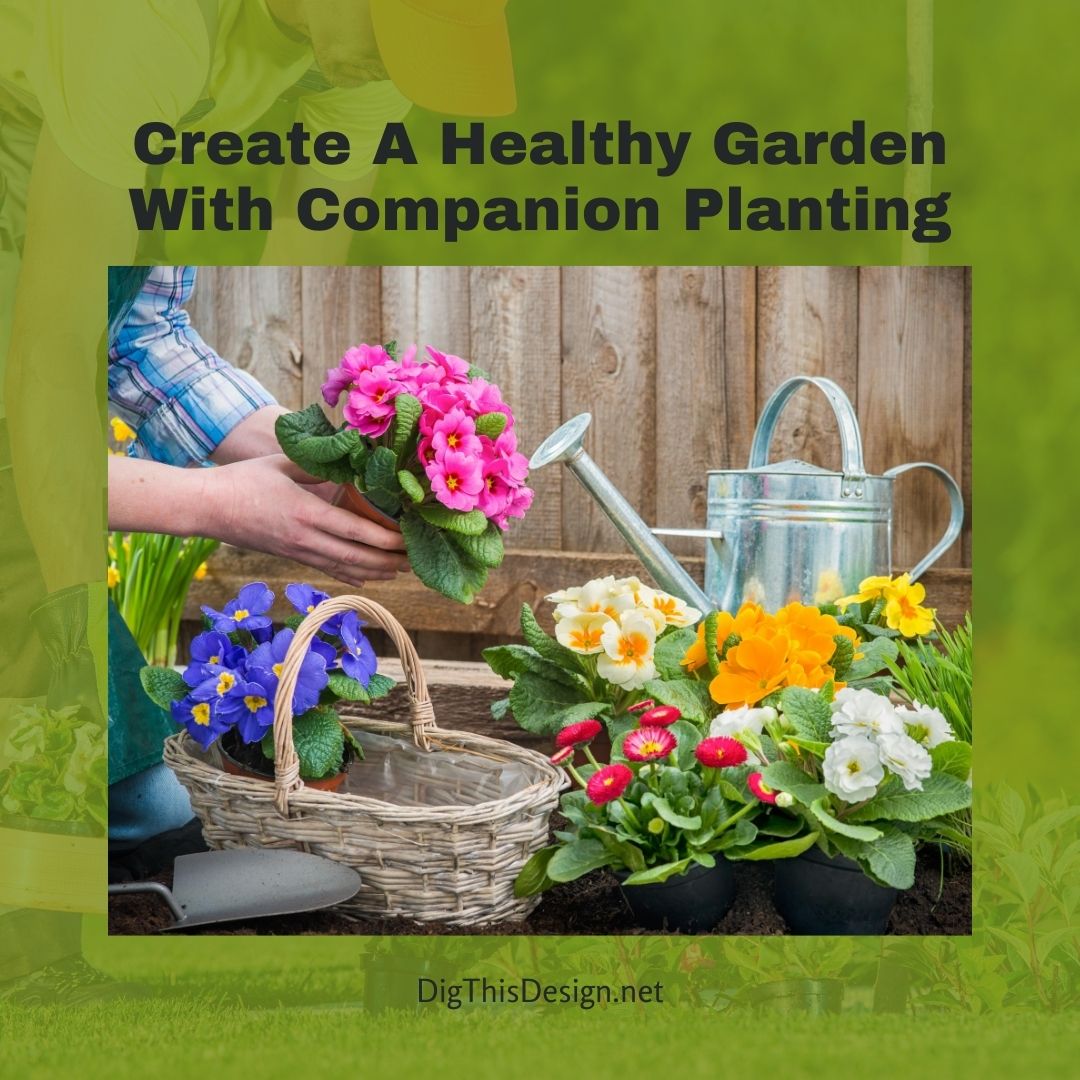If you want your landscape to reflect year-round beauty, consider planting an outdoor garden that will thrive through every season. With proper planning, you can create a garden filled with beautiful plants, flowers, herbs and fresh vegetables.

Companion Planting
Companion planting is a gardening technique that’s been used by people around the world for centuries. This type of gardening combines compatible plants that give off different natural chemicals and scents to protect each other. Unlike healthy, indoor office plants from Gaddys, outdoor gardens are subjected to extreme climate changes and weather conditions. Companion planting will help to create a healthy outdoor garden with natural benefits and protection.
- Plants that grow larger and stronger
- Healthy plants with fewer diseases
- Natural, organic pest control
- Pollination for bees and butterflies
- Natural wildlife habitat for birds and insects
Planning Your Garden
To create a garden that thrives, you need to plan a garden layout that works best for your home. Based on your location, consider your climate, landscape, soil and ground conditions, and how much sun and shade your garden will get each day. Make a planting chart that will determine the best location for the plants you choose. When selecting plants, make sure you know specified planting times, sun and shade requirements, and soil and water requirements for each plant. Good planning and proper planting is important for establishing proper nutrients and healthy roots for thriving, healthy plants.
Natural Pest Control
With companion planting, combining the growing areas for flowers, plants, herbs and vegetables will establish a natural pest control system for your garden. Insects and garden pests are attracted to the scent of plants they enjoy feeding on. By combining plants that have different scents, harmful garden insects will find it difficult to locate their target plant and leave you with a healthier garden. For best results, randomly intermix different flowers, plants, herbs and vegetables rather than planting the same plants in neat, organized rows.
Pollination
If you want to plant vegetables in your garden, you can avoid insects and pests that like to destroy vegetables with companion planting. For a thriving vegetable garden you need pollination and natural pollinators like bees, birds and butterflies. By creating a garden layout that combines flowering plants and herbs near your vegetables, you will produce a healthy crop of edible vegetables. Friendly insects flying from flower to flower will increase healthy vegetables in your garden.
To attract beautiful bees, birds and butterflies for pollination, make sure you provide some type of water source. A natural water source like a small pond, fountain or decorative birdbath will add beauty and charm to your garden. Make sure it’s maintained with adequate water, even in winter months, if you want your garden to thrive.
Tip o the Hat to: http://www.howtogardenadvice.com/garden_info/companion_planting_chart.html
Images Courtesy of Canva.





